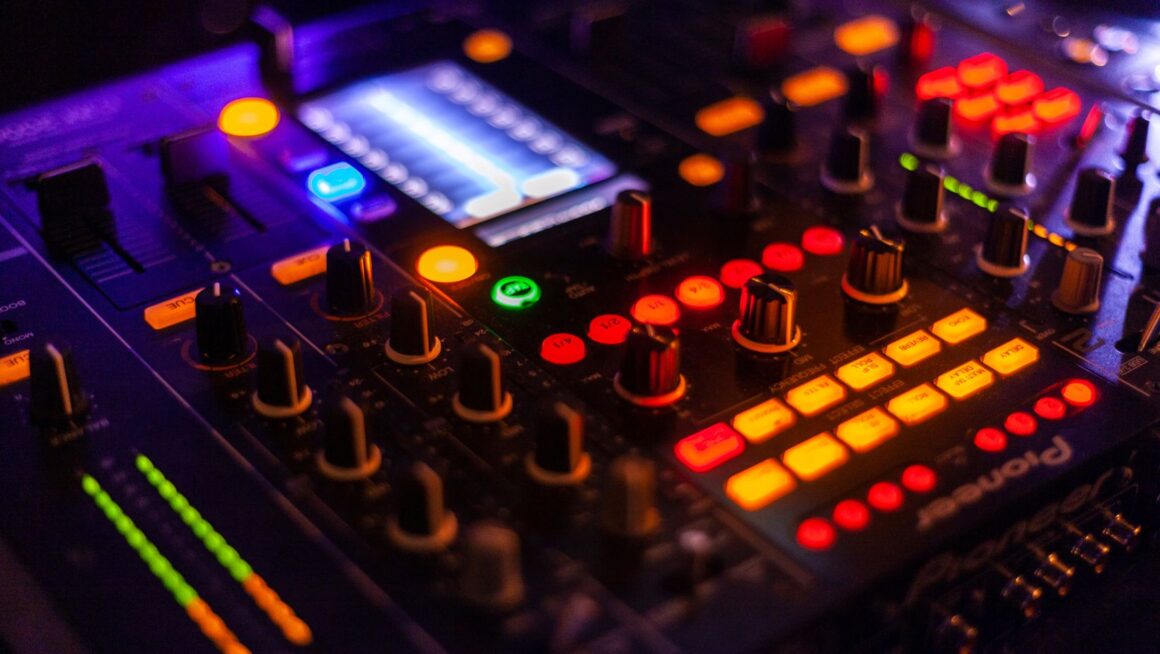Revolutionizing Three-Dimensional Sound Reproduction

Ambisonic audio represents one of the most sophisticated approaches to capturing and reproducing spatial sound, fundamentally changing how we perceive and interact with audio environments. Developed in the 1970s by British mathematician Michael Gerzon, this technology has experienced a remarkable renaissance in recent years, driven by the explosive growth of virtual reality applications and immersive media experiences.
Unlike traditional stereo or surround sound systems that rely on channel-based audio delivery, ambisonics employs a scene-based approach that encodes complete spatial information about a sound field. This methodology captures not just the direction from which sounds arrive, but also their spatial characteristics, allowing for unprecedented flexibility in reproduction across various playback systems.
The Mathematical Foundation of Spatial Audio
At its core, ambisonic technology relies on spherical harmonics, mathematical functions that describe how sound waves propagate through three-dimensional space. This approach treats the listening position as the center of a sphere, with sounds positioned anywhere around that central point. The system encodes directional information using a series of components that describe the sound field’s characteristics at different levels of spatial resolution.
First-order ambisonics, the most commonly implemented format, uses four channels: one omnidirectional component (W) and three directional components (X, Y, Z) that correspond to front-back, left-right, and up-down spatial information. Higher-order ambisonic systems employ additional channels to capture increasingly precise spatial detail, with second-order systems using nine channels and third-order requiring sixteen channels.
This mathematical approach provides remarkable advantages over conventional surround sound formats. Where traditional multichannel audio remains tied to specific speaker configurations, ambisonic recordings can be decoded for any speaker arrangement, from simple stereo headphones to complex dome installations featuring hundreds of speakers.
Recording Techniques and Equipment
Ambisonic recording requires specialized microphones designed to capture spatial information from all directions simultaneously. The most common approach employs tetrahedral microphone arrays, where four cardioid capsules are arranged in a precise geometric configuration. Each capsule captures sound from a specific direction, and the resulting signals are mathematically combined to generate the ambisonic format.

Modern ambisonic microphones like the Rode SoundField series or Audio-Technica AT9945CM provide real-time encoding capabilities, delivering B-format signals directly to recording devices. More sophisticated systems offer variable polar patterns and remote control of spatial parameters, allowing recording engineers to fine-tune the spatial characteristics during capture.
The recording process itself demands careful consideration of acoustic environments and microphone placement. Unlike traditional recording where engineers can isolate individual sources, ambisonic capture embraces the complete acoustic scene, including reflections, reverberations, and ambient characteristics that contribute to spatial authenticity.
Decoding and Reproduction Systems
The flexibility of ambisonic audio becomes apparent during the decoding stage, where encoded spatial information is converted for specific playback systems. Binaural decoding transforms ambisonic signals for headphone listening, using head-related transfer functions to create convincing spatial illusions through just two speakers positioned at the ears.
Speaker-based decoding can accommodate virtually any configuration, from conventional stereo setups to elaborate multichannel installations. The decoding process calculates appropriate signals for each speaker based on its position relative to the listener, ensuring accurate spatial reproduction regardless of the specific arrangement.
Recent developments in decoding technology have produced remarkable improvements in spatial accuracy and stability. Advanced algorithms account for head movement, room acoustics, and individual hearing characteristics, creating increasingly convincing spatial experiences across different reproduction formats.
Applications in Virtual and Augmented Reality
Virtual reality applications have driven much of the recent innovation in ambisonic technology, as these platforms demand spatially accurate audio to maintain user immersion. Traditional channel-based audio breaks down when users can freely rotate their heads and move through virtual spaces, while ambisonic audio maintains spatial coherence regardless of head orientation.
VR content creators can position high quality sound effects anywhere in three-dimensional space, knowing they will reproduce accurately for users wearing various headset types. This capability proves essential for applications ranging from gaming and entertainment to training simulations and therapeutic environments.
Augmented reality presents additional challenges, as virtual audio elements must integrate seamlessly with real-world acoustic environments. Ambisonic processing allows AR systems to position virtual sources convincingly within existing spaces while accounting for room acoustics and environmental factors.
Beyond VR: Broadcast and Artistic Applications
The broadcasting industry has begun embracing ambisonic audio for live event coverage, particularly for sports and concert presentations. This approach allows viewers to experience events from multiple perspectives, with broadcasters able to dynamically adjust spatial emphasis during live transmission.
Artistic applications have flourished as composers and sound artists explore ambisonics’ creative possibilities. Installation artists use the technology to create immersive sonic sculptures that respond to audience movement, while experimental musicians develop new compositional techniques that exploit three-dimensional spatial relationships.
Technical Challenges and Future Developments
Despite its advantages, ambisonic audio faces several technical hurdles. Higher-order systems require significant computational resources and storage capacity, limiting practical implementation in consumer devices. Additionally, creating compelling ambisonic content demands new production techniques and artistic approaches that many creators are still developing.
Emerging technologies promise to address these limitations. Machine learning algorithms are being developed to enhance spatial resolution and reduce computational requirements, while new microphone designs offer improved spatial accuracy and reduced size. Integration with object-based audio formats provides additional flexibility for complex productions.
The future of ambisonic audio appears increasingly bright as virtual and augmented reality technologies mature. As these platforms become mainstream entertainment and communication tools, the demand for sophisticated spatial audio reproduction will continue driving innovation in ambisonic recording, processing, and reproduction techniques.

 Embedtree Games Software: Level Up Your Gaming Experience
Embedtree Games Software: Level Up Your Gaming Experience  Improve Software HCS 411GITS: Unlocking Its Full Potential
Improve Software HCS 411GITS: Unlocking Its Full Potential  Embedtree Games And Software: Elevate Your Gaming Experience
Embedtree Games And Software: Elevate Your Gaming Experience